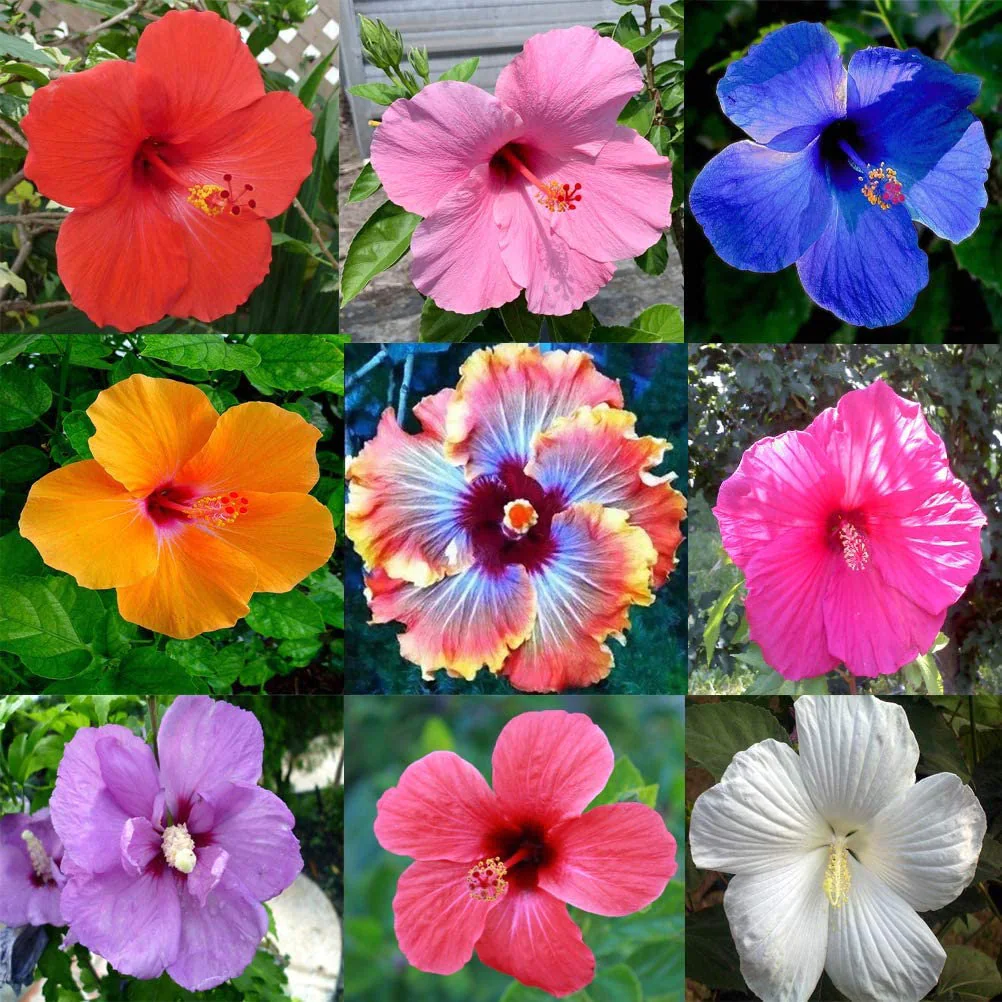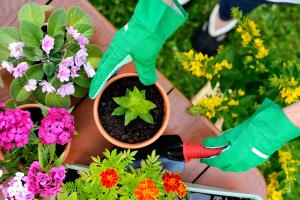
hibiscus
Hibiscus is a flowering plant that belongs to the family Malvaceae. There are many species of hibiscus, and they are native to warm regions of the world, including Asia, the Pacific Islands, Africa, and the Americas. Hibiscus plants are known for their large, showy flowers, which can be red, pink, orange, yellow, or white, depending on the species. The flowers are typically trumpet-shaped and have five petals. In addition to their attractive flowers, hibiscus plants are also valued for their attractive foliage, which can be green, bronze, or purple. Some species of hibiscus are grown for their edible leaves or flowers, which are used in cooking or to make tea. Other species are grown for their ornamental value and are used in landscaping or as indoor plants.
what is hibiscus tea good for
Hibiscus tea is made from the dried calyces (sepals) of the hibiscus plant, which are the part of the flower that encloses the petals. It is known for its tart, cranberry-like flavor and its deep red color. Hibiscus tea has a number of potential health benefits, as it is a good source of antioxidants, which can help to protect the body's cells from damage caused by free radicals. Some research suggests that hibiscus tea may help to lower blood pressure, reduce cholesterol levels, and improve liver function. It may also have anti-inflammatory effects and may help to boost the immune system. In addition to these potential health benefits, hibiscus tea is also believed to have diuretic properties, which means it may help to increase urine production and may be useful for people who are trying to lose water weight or who have conditions that cause fluid retention. It is important to note that more research is needed to fully understand the potential health benefits of hibiscus tea and to establish safe and effective dosages. As with any dietary supplement, it is always a good idea to consult with a healthcare professional before adding hibiscus tea to your diet.
how to make hibiscus tea
To make hibiscus tea, you will need the following ingredients:
1 cup of water
1 tablespoon of dried hibiscus flowers (also known as hibiscus calyces)
1 teaspoon of honey or sweetener (optional)
Lemon or other fruit slices (optional)
Here's how to make the tea:
Bring the water to a boil in a small saucepan.
Add the hibiscus flowers to the water and reduce the heat to a simmer.
Let the tea simmer for about 5 minutes, or until it has reached the desired strength.
Strain the tea through a fine-mesh sieve to remove the flowers.
Add honey or sweetener to taste, if desired.
Serve the tea hot or chilled, with lemon or other fruit slices, if desired.
You can also make iced hibiscus tea by following the same recipe and then letting the tea cool before pouring it over ice. If you prefer a sweeter tea, you can add more honey or sweetener to taste. You can also experiment with adding other flavors, such as mint or ginger, to the tea.
is hibiscus tea good for you
Hibiscus tea is a type of herbal tea that is made from the dried calyces (sepals) of the hibiscus plant. It is known for its tart, cranberry-like flavor and its deep red color. Some research suggests that hibiscus tea may have a number of potential health benefits, as it is a good source of antioxidants, which can help to protect the body's cells from damage caused by free radicals.
One study found that hibiscus tea may help to lower blood pressure in people with hypertension. Other research suggests that it may reduce cholesterol levels and improve liver function. In addition, hibiscus tea is believed to have anti-inflammatory effects and may help to boost the immune system. It is also thought to have diuretic properties, which means it may help to increase urine production and may be useful for people who are trying to lose water weight or who have conditions that cause fluid retention.
However, it is important to note that more research is needed to fully understand the potential health benefits of hibiscus tea and to establish safe and effective dosages. As with any dietary supplement, it is always a good idea to consult with a healthcare professional before adding hibiscus tea to your diet.
what is hibiscus
Hibiscus is a flowering plant that belongs to the family Malvaceae. There are many species of hibiscus, and they are native to warm regions of the world, including Asia, the Pacific Islands, Africa, and the Americas. Hibiscus plants are known for their large, showy flowers, which can be red, pink, orange, yellow, or white, depending on the species. The flowers are typically trumpet-shaped and have five petals. In addition to their attractive flowers, hibiscus plants are also valued for their attractive foliage, which can be green, bronze, or purple. Some species of hibiscus are grown for their edible leaves or flowers, which are used in cooking or to make tea. Other species are grown for their ornamental value and are used in landscaping or as indoor plants. Hibiscus plants are relatively easy to care for and can be grown in a variety of soil types, as long as they receive plenty of sunlight and water.
are hibiscus perennials
Many species of hibiscus are perennials, which means they live for more than two years and typically produce flowers and foliage each year. Some common perennial hibiscus species include:
Hibiscus rosa-sinensis: This species, which is also known as the Chinese hibiscus or shoe flower, is native to East Asia and is widely cultivated in tropical and subtropical regions. It has large, showy flowers that can be red, pink, orange, yellow, or white.
Hibiscus syriacus: This species, which is also known as the Syrian hibiscus or rose of Sharon, is native to the eastern Mediterranean region. It has large, showy flowers that can be red, pink, purple, or white and is often grown as a hedge or screen plant.
Hibiscus trionum: This species, which is also known as the flower-of-an-hour or bladder hibiscus, is native to Europe and Africa. It has small, short-lived flowers that are white, pink, or purple and is often grown as an annual plant.
Hibiscus mutabilis: This species, which is also known as the Confederate rose or cotton rose, is native to China and is widely cultivated in tropical and subtropical regions. It has large, showy flowers that can be red, pink, or white and change color as they age.
However, it is important to note that not all species of hibiscus are perennials. Some species are annuals, which means they complete their life cycle in a single growing season, while others are biennials, which means they take two years to complete their life cycle.

 jackfruit
jackfruit snake plant
snake plant hibiscus
hibiscus hydrangea
hydrangea lavender
lavender Green roses climb al...
Green roses climb al... If you don't pay att...
If you don't pay att... Management of four g...
Management of four g...




























